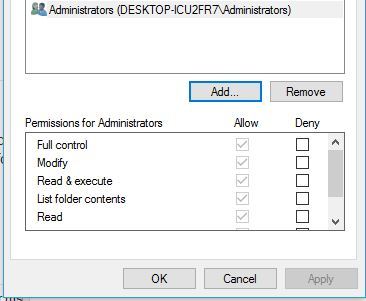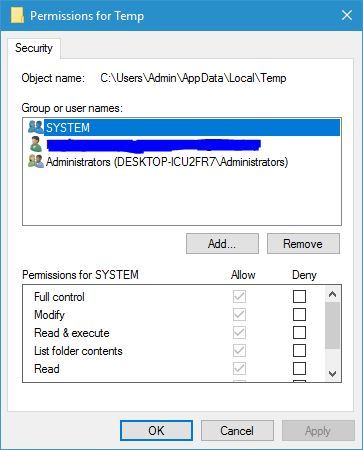

So in the above script, the LaunchAppAndWait() function is used to execute powershell.exe and the path to your. LaunchAppAndWait(szProgram, szCmdLine, LAAW_OPTION_WAIT|LAAW_OPTION_HIDDEN) This function will hide the command window and wait until the powershell script is completed.

Run the powershell script from command line using the command line above. SzCmdLine="-file "+szPathPs+" "+szVar+" > "+szLog Setup actual command line to be passed

SzPathPs=INSTALLDIR^"MyPowershellScript.ps1" SzProgram=WINSYSDIR64^"WindowsPowerShell\\v1.0\\powershell.exe" (Optional) Setting a path to a log file to capture any results from the execution of this script Setting szVar to argument value that will be send to powershell script
#Bonzi buddy porn update
You can keep this function name or change it (.remember to update the prototype as well) and you can use the following code. Once you have the 'l' file in your project, then there should be a default function added to the script called MyFunction(). Now in your project, go to the 'Behavior and Logic->InstallScript' view and under the 'InstallScript->Files' node, right click and add a new 'l' file (.assuming no file is present already, if so, then skip this). This script will still call your powershell script, but you will now have the ability to pass arguments. For InstallShield 2014 or older, since there is no direct way to pass arguments to the powershell custom action, one way to approach this is to use an InstallScript custom action. This knowledge base article will show you one way you can approach this.įor InstallShield 2015 or newer, you can take a look at the online help document Calling a PowerShell Custom Action, which will give you more information on how you can use cmdlets in your powershell script to get and set properties that your powershell script can use. However if you are using an earlier version of InstallShield (.2014 or earlier), there is no built in cmdlet functionality and you will have to come up with a different way to pass arguments to your powershell script. Discussion If you are using InstallShield 2015 or newer, you can make sure of cmdlets, which will let you interact(get and set properties) with the running powershell custom action.

Summary Example on passing arguments to powershell script Synopsis This article will show you different ways you can pass arguments to a powershell custom action.
#Bonzi buddy porn install
Then have the installation install the version of the web site with all the modifications you want to include. # - $filter= "system.webserver/defaultdocument/files" $site= "IIS:\sites\Default Web Site" $FullPath = "C:\Windows\System32\WindowsPowerShell\v1.0\Modules\WebAdministration\WebAdministration.psd1" Import-Module -Name $FullPath Add-WebConfiguration $filter "$site" -atIndex 0 -Value # - * Add custom logic to the install to remove the existing website from the server. For example, a powershell can be used to modify the default documents setting. * Use a custom action to run custom logic which can modify the existing web site settings. If you want to manage existing web sites, you generally have two basic options. Due to certain functionality limitations, InstallShield does not intent for the IIS view to be used to modify existing IIS resources already defined on the target machine. However can I use the IIS support to manage existing web sites that may already exist on a target server machine? Answer The intent of the IIS support in InstallShield is to mainly do one thing, install new IIS resources. Question InstallShield provide project settings that will allow you to create and manage new IIS Web sites, applications, virtual directories, application pools, and Web service extensions. Summary This article will clarify what the InstallShield IIS support covers.


 0 kommentar(er)
0 kommentar(er)
